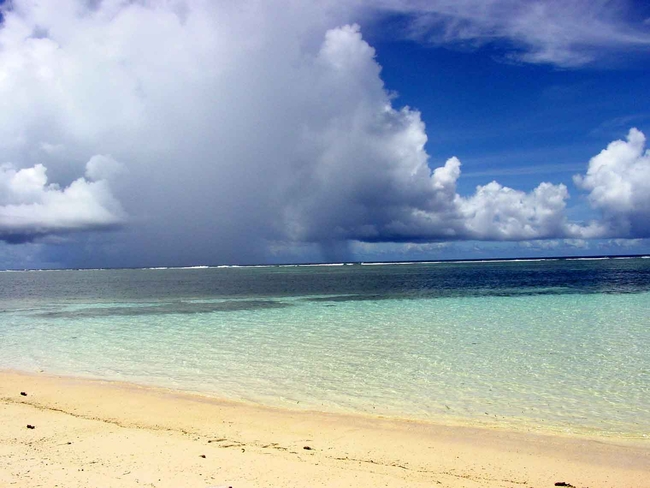Tropical rainfall largely results from organised convective clouds, that is, clouds that are clustered spatially. Such cloud clusters have important effects on rainfall intensities, say over a given river catchment.
Beyond this, cloud clustering is understood to affect the global radiative budget – thereby affecting, how the globe reacts to changes in surface temperature.
INTERACTION aims to disentangle the mechanisms, that lead to cloud clustering. Among these are cold pool outflows, which form under thunderstorm clouds and reach out into the local environment for tens of kilometres.
Such outflows are often perceived as wind gusts and can modify the thermodynamic state in the environment. Especially when cold pool gust fronts collide, new convective cells can come about.
Also radiative feedbacks can contribute to convective self-organization and are particularly relevant in so-called convective self-aggregation. During this process large clusters (hundreds of kilometres in size) persist over weeks.






